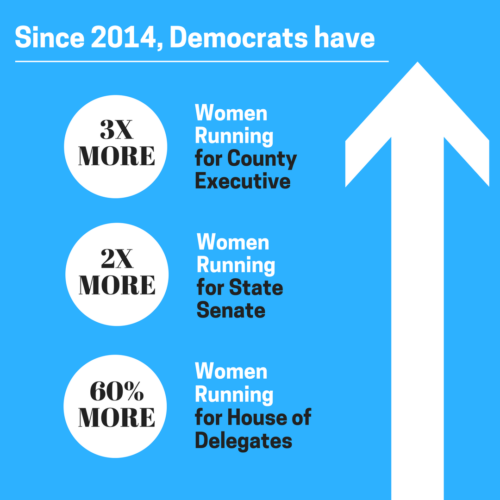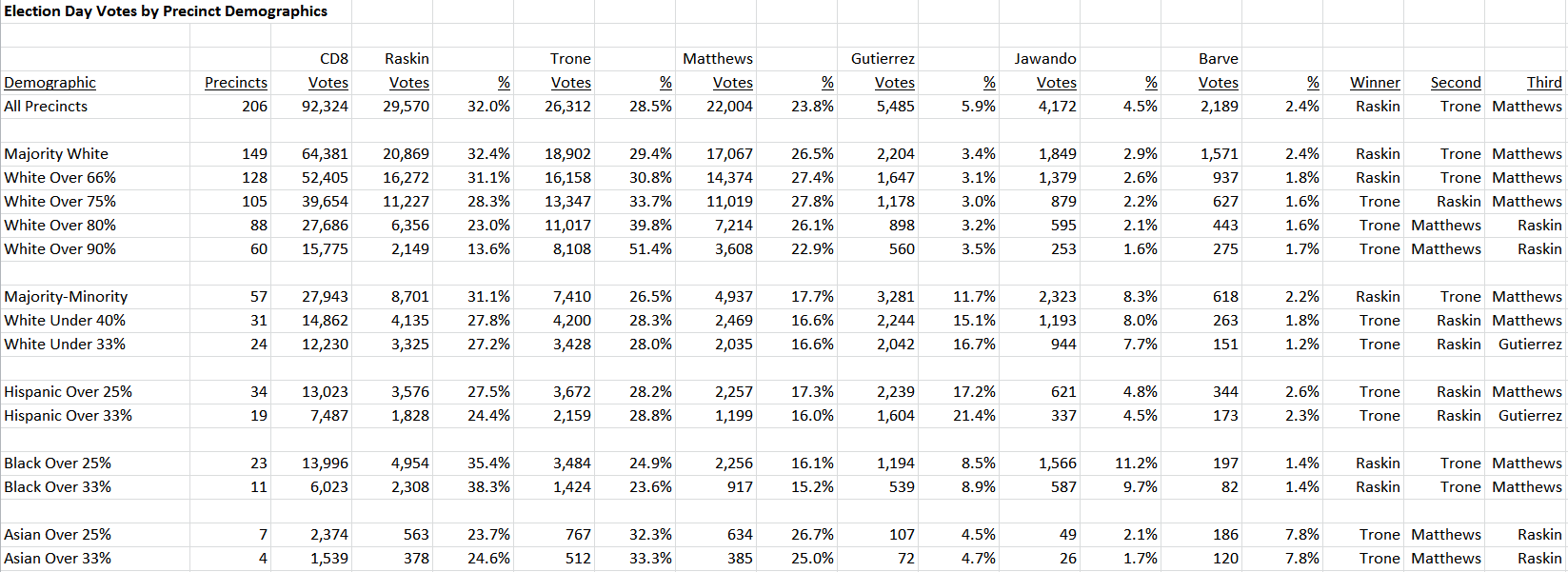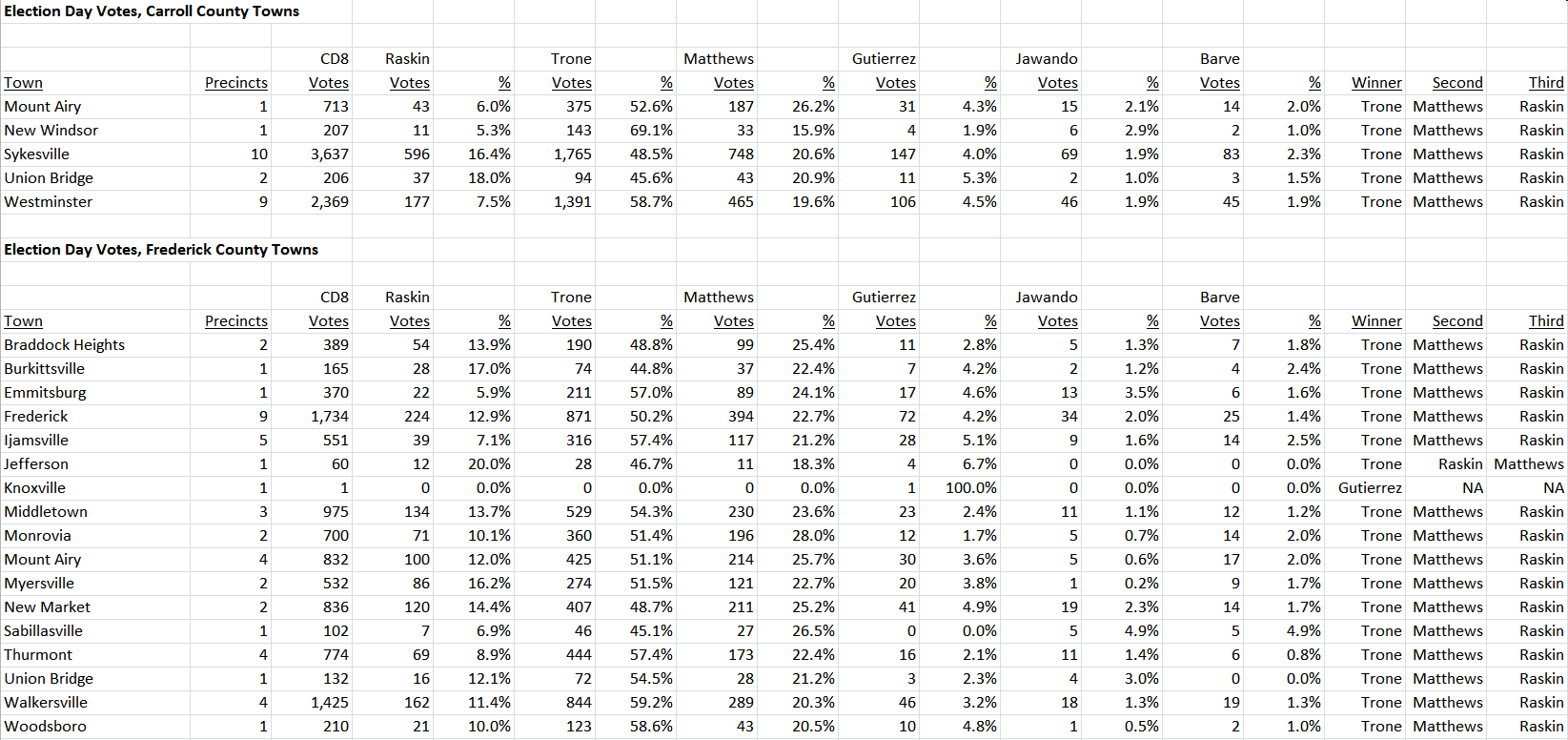I am pleased to publish this response to earlier post by Maryland Democratic Party Chair Kathleen Matthews:
I wanted to respond thoughtfully to Ed Kimmel’s Seventh State blog about the Maryland State Democratic Central Committee’s recent decision to adopt new rules to achieve gender balance by popular election on our county and state central committees.
These rules were debated over the past year, to be ready by last week’s filing deadline for the 2018 primary election. The policy was vetted for sex discrimination and other concerns by members of each county’s Democratic Central Committee. While it was initiated by women in the state party — including Montgomery County’s gender balance member, Jennifer Hosey—it was supported by men and women in a unanimous voice vote at the November 4, 2017 Maryland Democratic Party statewide meeting.
Women have had the vote for nearly 100 years, but we have a long way to go to achieve gender parity in our American politics. Women represent more than half our population, an even greater percentage of voters, and yet they are 20 percent of our Congress, about one-third of our Maryland Legislature, and we have yet to elect a woman President or woman governor of Maryland. At the current rate, we are centuries away from true parity.
But I’m excited about the progress this year as more women are stepping into the political arena. We just reviewed the candidate filing data on the Democratic side, and compared to 2014, we have three times as many Democratic women running for county executive, double the number of women running for state senate, and a 60 percent increase in the number of women running for House of Delegates. This is the result of women who are saying “Me Too,” especially after the 2016 Presidential election, but also the hard work of our state party and organizations like RepresentWomen and Emerge Maryland, on whose board I am honored to serve.
At a moment in our political life when the old norms are changing, it is appropriate to ensure that women have an equal ELECTORAL chance to be represented in the party’s governing bodies, and this gender balance rule helps move us in that direction.
The changes we adopted have created a uniform process for gender balance across all 24 county and city jurisdictions of the state; they align with the national Democratic Party rules; provide women and men an equal opportunity to gain experience in a grassroots elected position; most importantly, they put power back in the hands of the voters who get to decide who will represent them. This is inherently more democratic and preferable to appointment, and adds greater legitimacy to the party governing bodies who claim to truly represent its members.
For those who care to read on, it’s interesting to note that the history on this issue goes back to women’s suffrage when the 19th Amendment, ratified in 1920, granted women full voting rights. Soon after, political parties began wooing women in earnest, seeking to double their constituencies. “Fifty-fifty” rules were soon adopted to attract female voters at both the national and state levels.
In the 1930s, the Democratic Party took a more active role in the fight for gender equity. Molly Dewson, the head of the Democratic National Committee’s Women’s Division, argued that gender-balance requirements were the most effective way to increase women’s participation and leadership in political parties. She wisely framed the issue as providing women with opportunities, rather than limiting those of men. (In fact today, when county parties appoint members to achieve gender balance, often it is to add men to their membership.)
Fast forward to today, when the Charter and Bylaws of the Democratic Party of the United States (Article Nine, Section 16) requires all party governing bodies, including state central committees, to be “as equally divided as practicable according to gender” for the purpose of conducting their affairs and selecting delegates for the Party’s quadrennial National Convention. Subsequent court review has found the Democratic Party’s “Equal Division Rule: to be constitutionally sound and an effective way of enhancing the diversity of members and perspectives among Party leadership.
In Maryland, we have had a system to achieve this 50-50 gender equity but it varied widely by jurisdiction. Cecil County adopted gender balance at the ballot for its central committee back in 1920, with Allegany, Carroll, Fredrick, Harford, and Washington Counties following suit. 7 counties, including Montgomery County, passed laws requiring gender balance by appointment after voters made their selection. The remaining counties had provisions in their central committee bylaws requiring gender balance by appointment. As a result, the size of central committees would expand and contract depending on the balancing requirements.
Most concerning, in some counties, members who had been appointed for gender balance did not have full voting rights. This was particularly problematic, we felt, when central committees had the responsibility to fill vacancies in the state legislature.
Many of these concerns have been addressed in our state party’s new gender balance rules, and for Maryland Democrats they are are another step forward in a long journey. Other countries — Norway, Rwanda, for example — have achieved diversity more quickly through gender quotas, but thus far, the American electoral system has resisted this approach, looking for other ways to achieve gender equity. I am proud to be involved with other Marylanders, like Cynthia Terrell at RepresentWomen and Martha McKenna and Diane Fink at Emerge Maryland, who are working hard on structural reforms and practical solutions to bring more women’s voices into our political process. Women’s voices are vital to strengthen the democratic process, represent women’s perspectives on policy, and build collaborative solutions to our nation’s most pressing problems. In the end, I firmly believe this progress towards a more diverse and inclusive Democratic Party is in everyone’s best interest.









